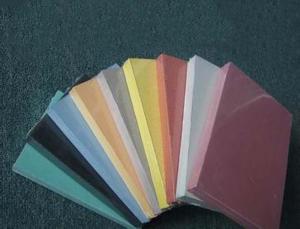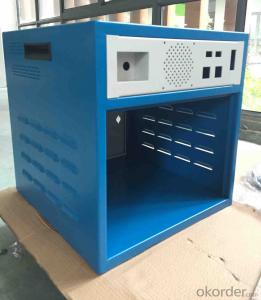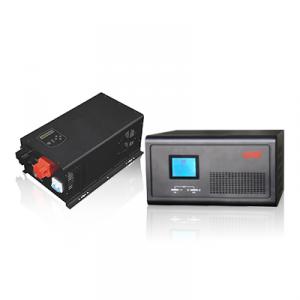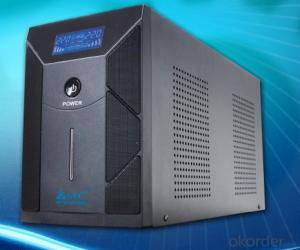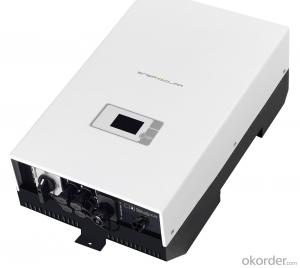Solar Home Ups Inverter
Solar Home Ups Inverter Related Searches
Best Solar Inverter For Home Solar Panel Inverter For Home Inverter For Home Solar System Home Power Inverter For Solar Hot Water Bags For Pain Relief Solar System For Inverter Ac Mppt Inverter For Solar System Solar Inverter Cost For Home Solar Inverter For Home Led For Growing CannabisHot Searches
Fiberglass Scaffolding For Sale Home Scaffolding For Sale Modern Home Bars For Sale Fiberglass Panels For Sale Small Home Bars For Sale Fiberglass Greenhouses For Sale Home Solar Inverter Price Home Depot Aluminum Coil 1 4 Aluminum Plate Home Depot 1/4 Aluminum Plate Home Depot 1 8 Aluminum Plate Home Depot Aluminum Tread Plate Home Depot Home Depot Aluminum Plate Home Solar Energy Cost Home Depot Solar Inverter Home Depot Solar Cells Ceiling Fan Lowest Price Home Depot Electrical Wire Prices Geogrid Fabric Home Depot Cheap High Tea Sets For SaleSolar Home Ups Inverter Supplier & Manufacturer from China
Okorder.com is a professional Solar Home Ups Inverter supplier & manufacturer, offers integrated one-stop services including real-time quoting and online cargo tracking. We are funded by CNBM Group, a Fortune 500 enterprise and the largest Solar Home Ups Inverter firm in China.Hot Products
FAQ
- Yes, a solar inverter can be used with building-integrated photovoltaics (BIPV). BIPV systems are designed to seamlessly integrate solar panels into the building structure, providing both energy generation and architectural functionality. Solar inverters play a crucial role in BIPV systems by converting the direct current (DC) produced by the solar panels into alternating current (AC) that can be used to power electrical devices in the building or fed back into the grid.
- Yes, a solar inverter can be used in systems with different module strings. Solar inverters are designed to be compatible with a wide range of module string configurations, allowing for flexibility in system design and installation. The inverter's maximum input voltage and power ratings should be considered to ensure compatibility with the different module strings, but as long as these specifications are within the inverter's limits, it can effectively convert the DC power generated by the module strings into AC power for use in the system.
- A solar inverter is designed to handle grid faults and disturbances by continuously monitoring the grid conditions. In the event of a fault or disturbance, such as a voltage or frequency fluctuation, the solar inverter will quickly disconnect from the grid to ensure the safety of the system. Once the fault is resolved and the grid conditions stabilize, the solar inverter will reconnect to the grid and resume normal operation, ensuring a reliable and stable power supply.
- Yes, a solar inverter can typically be used with different types of monitoring systems. Most modern solar inverters come with built-in communication interfaces that allow for seamless integration with various monitoring systems. These systems can range from basic monitoring apps provided by the inverter manufacturer to more advanced third-party monitoring platforms. As long as the monitoring system supports the communication protocol of the solar inverter, it can be used to monitor and manage the performance of the solar power system.
- The cost of a solar inverter can vary depending on factors such as the brand, capacity, and features. Generally, residential solar inverters can range from a few hundred dollars to a couple of thousand dollars. Commercial-grade inverters can cost several thousand dollars to tens of thousands of dollars. It is recommended to consult with a solar installer or supplier to get an accurate cost estimate based on your specific requirements.
- Yes, a solar inverter can be connected to a battery storage system. In fact, this is a common setup in many residential and commercial solar installations. The solar inverter is responsible for converting the direct current (DC) generated by the solar panels into alternating current (AC) that can be used to power electrical appliances. By connecting a battery storage system to the solar inverter, excess energy generated by the solar panels can be stored in the batteries for later use, such as during periods of low sunlight or during power outages. This allows for greater energy independence and the ability to maximize the utilization of solar energy.
- The role of a solar inverter in preventing system downtime is to efficiently convert the DC power generated by solar panels into AC power that can be used by electrical devices. It ensures the smooth operation of the solar power system by regulating the flow of electricity, monitoring voltage levels, and protecting against potential issues such as overloading or short circuits. By maintaining a stable and reliable power supply, the solar inverter plays a crucial role in minimizing system failures and downtime.
